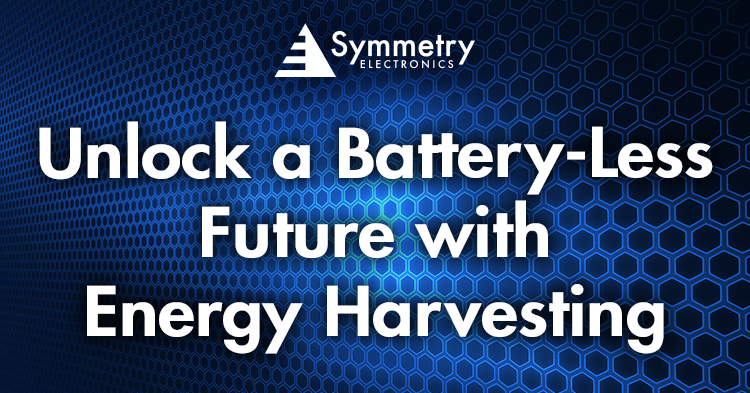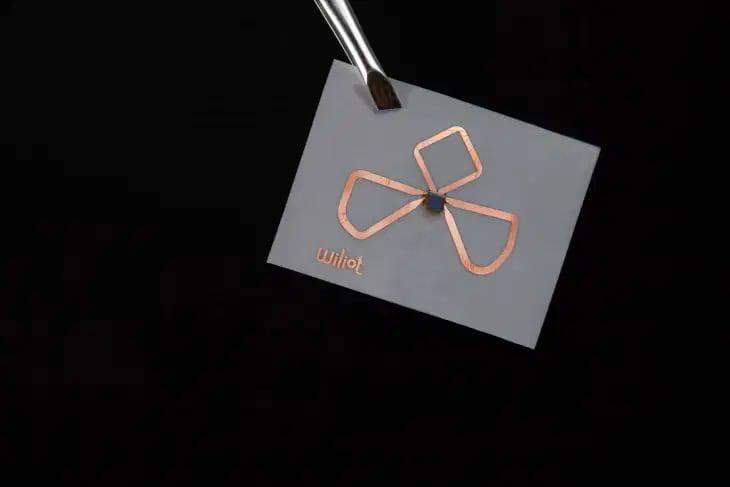- Home
- Symmetry Blog
- Unlock a Battery-Less Future with Energy Harvesting
Unlock a Battery-Less Future with Energy Harvesting
About Jari Haiston

What is Energy Harvesting?
Energy harvesting represents the next generation of powering embedded systems by harnessing energy from environmental resources like solar, wind, thermal, and electromagnetic waves. The global energy harvesting system market size was valued at USD 452.2 million in 2020 and is expected to grow at a compound annual growth rate (CAGR) of 10.2% from 2020 to 2028. Common EH applications include:
- Car tire pressure monitors
- Wireless weather stations
- Implantable medical devices
- Traffic alert signs
- Mars rover
- WSN (Wireless Sensor Network) nodes
- IoT devices
Figure 1: Why is there a predicted decline of future IoT devices?
Source: Electronics 360
The Demand for a Battery-Less Future
IoT and industrial IoT (IIoT) technology are two essential pillars that help build the foundation for industry 4.0 integration, so why is there a forecasted decline of IoT devices (Figure 1)? The answer may lie in battery limitations.
Currently, batteries have a finite life span. According to Electronics 360, “Some batteries need to be replaced every three years in IoT devices, with a best-case lifespan of 10 years. This means that there are 274 million battery replacements per day in a best-case scenario and a whopping 913 million battery replacements per day with a three-year lifespan” In the industrial sector, In the industrial sector, battery failures can result in critical data gaps, reduced uptime due to manual inspections, workplace hazards, and diminished sensor data.
Why is Energy Harvesting a Sustainable Solution?
EH holds the potential to usher a new era of battery-free IoT solutions. Not only does EH draw power from eco-friendly, sustainable sources, but it is also considerably more cost-effective than current alternatives. EH's cost-efficiency stems from its reliance on carbon-neutral resources. For example, solar power is a major proponent driving the battery-less future. While initial solar panel costs can be high, solar systems typically achieve ROI in 5-10 years. Post-installation, solar energy systems require minimal maintenance and provide approximately 15mWatt/cm2.
Figure 2: Wiliot's IoT Tag is the size of a postage stamp and costs pennies.
Source: Forbes
- Track temperature-sensitive products like medications, vaccines, cold-chain food products, etc.
- Monitor liquid levels & consistency
- Sense circuit connection health

